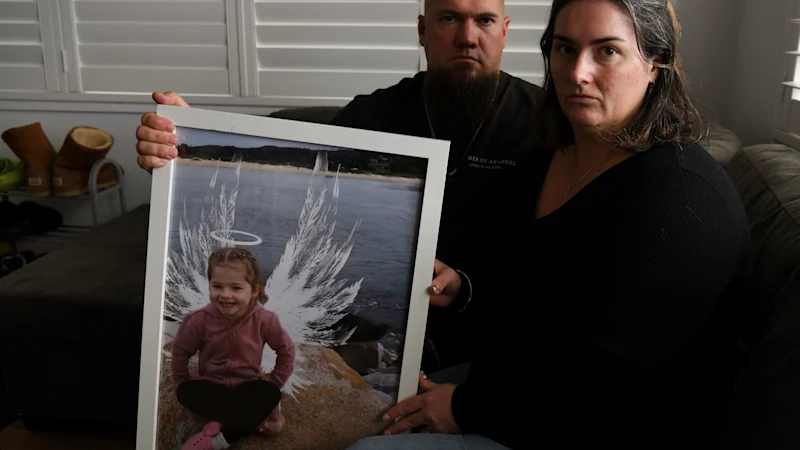By Kayla Olaya
Copyright brisbanetimes

For four days, Adam Pearce lay unconscious, alone in his home. His immune system’s effort to kill infecting microorganisms had started to eat away at his body’s tissues and organs. He was in septic shock.
“When I woke up, the doctor was right in front of me, and I told him what happened, and I noticed I was in the hospital,” the 56-year-old from Sydney said. “He said to me, you’ve got flesh-eating bacteria … I was in the stage where I thought I was dying.”
Pearce’s body deteriorated so badly his left leg had to be amputated once he reached emergency care, after loved ones asked police to conduct a welfare check last year. He was told he had a 30 per cent survival rate and underwent 11 surgeries in 16 weeks.
Months earlier, the diabetic had raised concerns about his health with doctors. From skin starting to peel off his leg, feeling breathless, night chills, inflammation markers in his blood and a diagnosis of gout – all were hallmark symptoms of developing sepsis.



